August 9, 2021
By Katie Bogan and Sarah Stanhope
In summer 2020, Hirsch Library staff put their talents and efforts into showcasing printed matter in the Latin American art permanent collection galleries in the new Kinder Building, which is graced with large windows that let in lots of natural light. Extensive light exposure can cause damage to paper materials, an issue that concerned the Library staff as well as the MFAH’s Conservation staff. As a result, our colleagues in the Latin American Art department and ICAA team approached Library staff about creating facsimiles for the new display cases. Library assistant Katie Bogan and managing catalog librarian Sarah Stanhope, with the help of collection photographer Will Michels, in the Museum’s Photographic Services department, created 26 facsimiles based on materials related to Joaquín Torres-García and his Taller, and the Concrete art movements (Madí and Asociación Arte Arte Concreto — Invención) in Argentina and Uruguay. Beginning in June 2021, we will produce new facsimiles for the Leirner Archive and Collection of Brazilian Constructive Art.
After the ICAA identified the items for display, they were transferred to the Photographic Services department, which provided us with high-resolution digital files. These digital files were then processed by Junior Fernandez, the ICAA Digital Imaging Associate. Finally, these images of covers, pages, and ephemera were sent off to a local printer and printed onto a heavyweight photo paper.
Alongside the originals at the Library’s preservation table, the facsimiles came to life. The printed images were cut, stained, and colored to look like the real thing. To create wear and tear, we used a sandpaper block to scuff up the printed works and to thin the paper. For color matching, we used scuffing and staining processes, watercolors, colored pencils, crayons, and even coffee grounds. The entire process gave the facsimiles an aged appearance that didn’t initially seem to come through in the photographs.
The facsimiles were installed in the Latin American galleries of the Kinder Building on November 10, 2020. With these facsimiles on display, we hope visitors will have a greater appreciation for the Library’s rare materials, as well as our efforts to preserve and protect these rich collections.
Q&A with Katie Bogan and Sarah Stanhope
What did you most enjoy about this project?
Katie: I most enjoyed the ability to be creative with the project. It presented a lot of challenges which required Sarah and I to really think outside the box and to use skills that we don’t always get to use in the Library. For instance, in addition to being a Library Assistant, I am also a bookbinder. My favorite facsimile to create was Joaquín Torres-García’s Nueva Escuela de Arte del Uruguay (1946). It required a lot of bookbinding knowledge. When we first received this facsimile request, we weren’t sure if the book would be displayed open or closed, so the challenge was to make it look realistic in both open and closed display formats. Since the facsimile needed to be rebuilt entirely to include an interior spread, a new book was bound to mimic the size and color of the book and the interior pages were sewn in.
Sarah: Having a background in Studio Art, I enjoyed the hands-on process of creating texture and dimension from unexpected materials, such as coffee grounds to create an aged patina on the pages. I also learned more about how the various departments across the museum collaborate to create engaging exhibitions. It was fascinating not only to learn about various bookbinding and artistic techniques used to make the facsimiles, but also how departments such as Conservation and Photography helped to consult and support the project.
What creative techniques did you use to make the facsimiles more convincing?
K: Almost all of the staples in the original books were so rusted and corroded that it was impossible to recreate them with regular staples today because our staples would be too new and too shiny. They just wouldn’t look right with all the other aging work we had done. So, instead, I experimented with sewing a few pamphlets together with a black, waxy thread and they looked identical to the real thing. I’m so proud of the way these “new staples” turned out. I think it was great fun to experiment in this way and see what passed as being believable and what didn’t.
S: One of my favorite pieces to work on was an issue of the periodical Círculo y Cuadrado. There were areas of frayed paper near the spine where the binding was worn from age. I recreated this by cutting up several color prints of the area, layering the pieces, then gluing them in place to create the appearance of paper remnants. I also used a needle tool to punch holes near the binding where the pages had been held together. Imitating the textures and recreating these small details really helped the high resolution copies lose their “flatness” and take on a more realistic dimension. We also used watercolor paints and colored pencils to conceal any crisp white edges from the freshly cut paper.
Are there any unexpected insights you gained from working on the project? What would you recommend checking out when viewing this exhibition in the Latin American galleries?
K: I learned that I really like making facsimiles! It’s such an awesome feeling knowing that Sarah and I created most of the “books” on display in the Latin American galleries. I think, as visitors now know that these works are facsimiles, it is worth viewing the exhibition from an appreciative, preservation mindset. The books on display aren’t just historical documentation but they also model methods that help preserve these rare materials. So in my opinion, it’s a much more meaningful and a deeper experience when you know the works are so significant that they can’t even be on view. But if visitors want to see the real thing, they can always come the Hirsch Library!
S: When you are in the Latin American galleries, the digital displays mounted on the cases really help to conceptually connect the various objects in the gallery with the print materials on display. This digital component is very engaging as it allows visitors to scroll through an image library of items in the case and pull up detailed descriptions. I especially liked the related artworks feature that allows you to connect the print materials in the case with artworks that are on view in the gallery. This interactive component makes the exhibition approachable and allows the visitor to make their own connections by delving deeper into the history and influences behind the work.
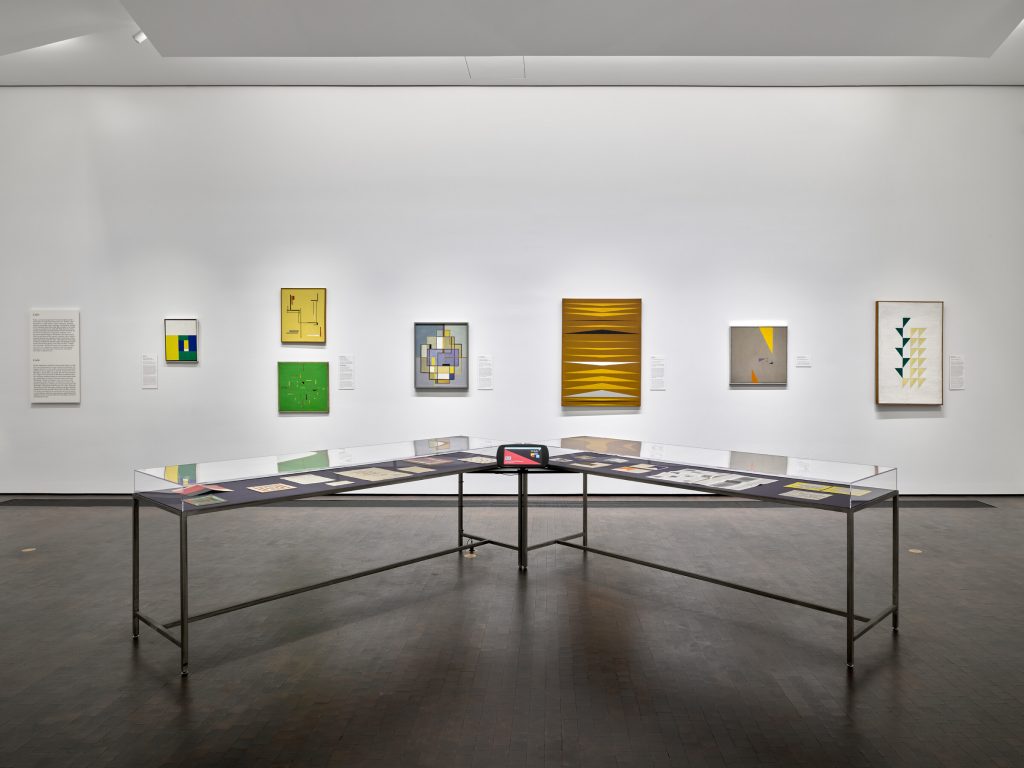


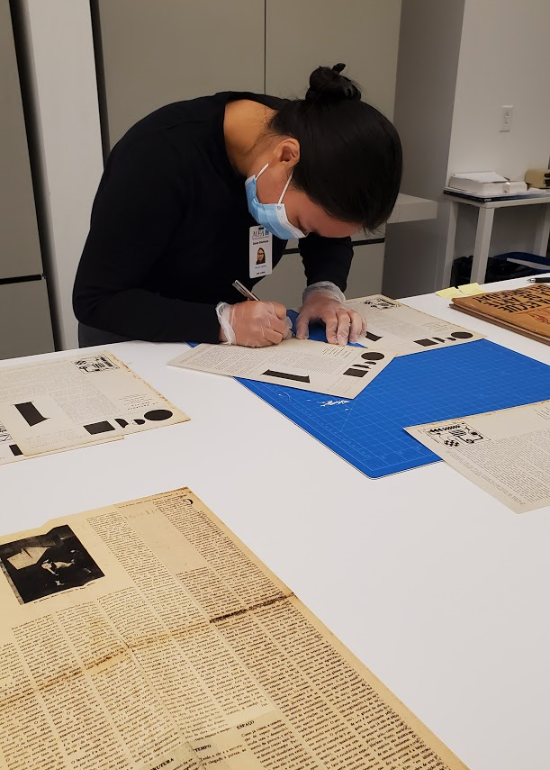
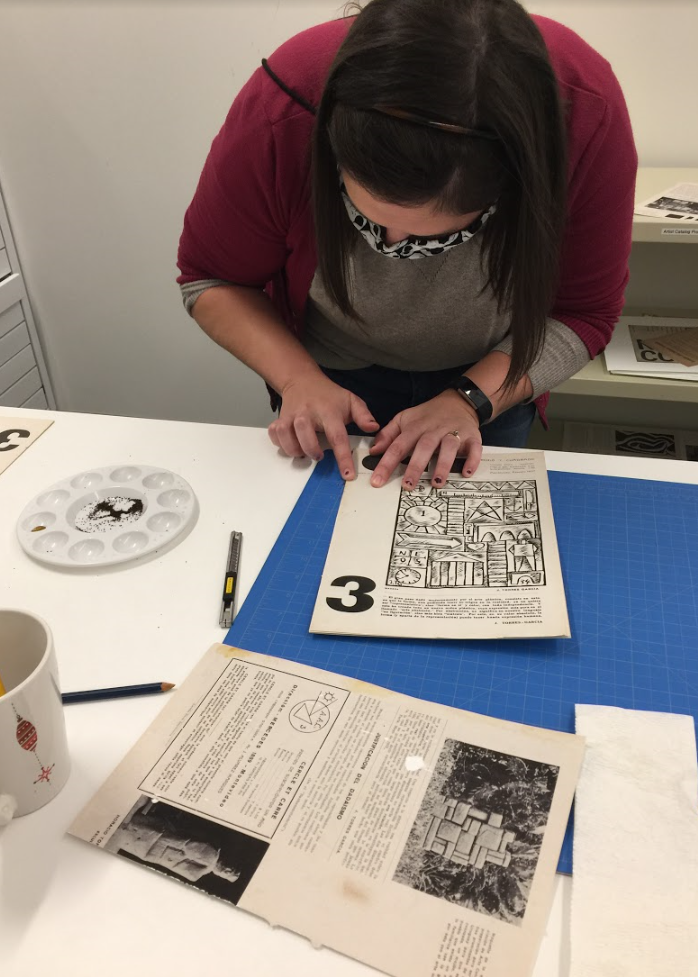
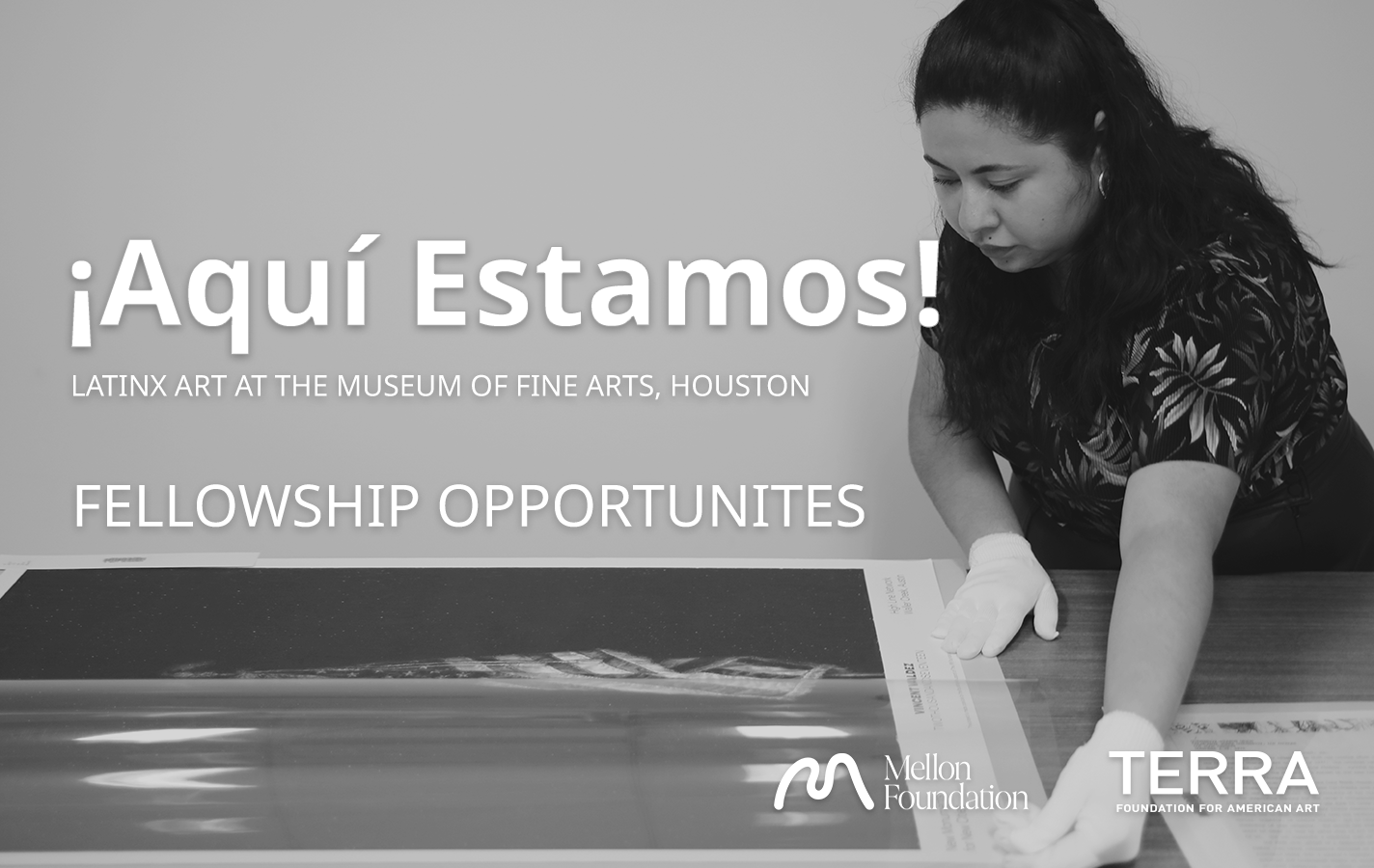

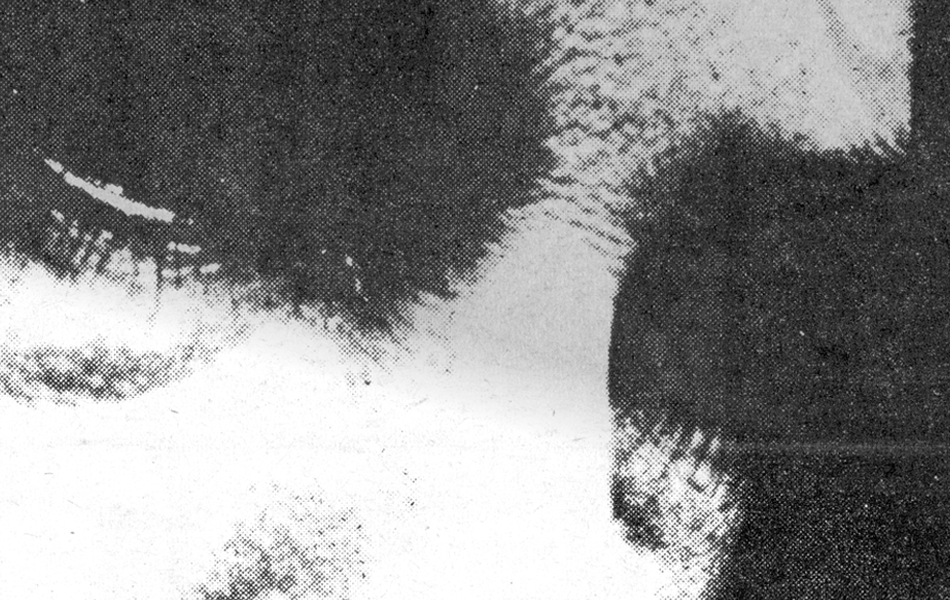
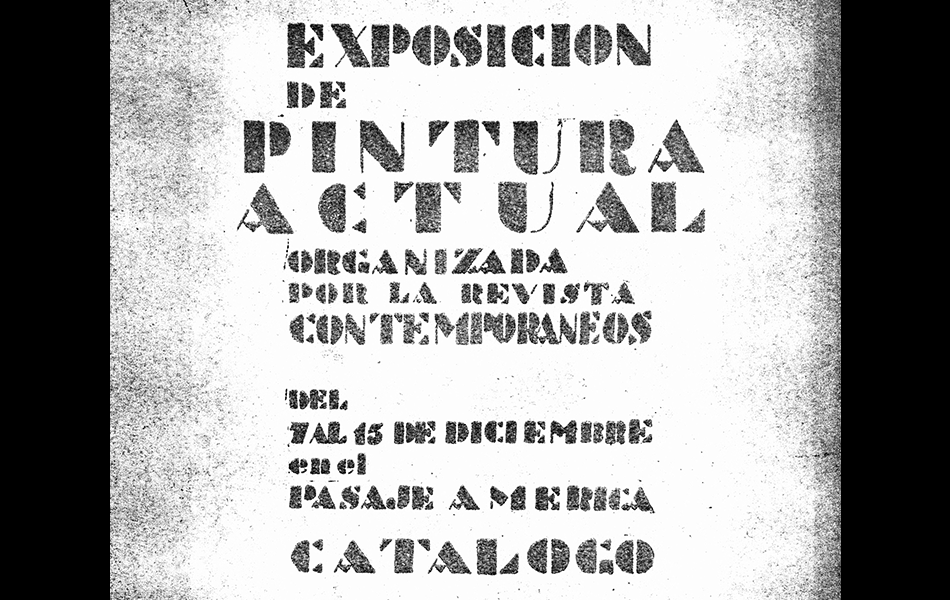
No comments yet